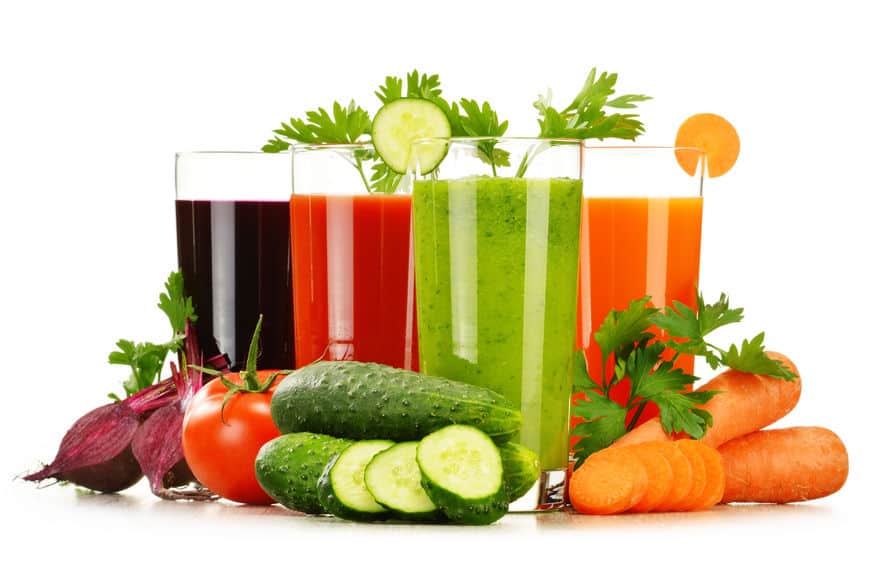
Previous
Get Off Your Butts: Smoking Cigarettes with Liver Disease

Next
Preventing Fibrosis with Silybin Phytosome®
How To Support Your Liver With Balanced Nutrition
Precisely balanced protein, carbohydrate and fat intake ratios are essential when battling liver disease. While popular diets are marketed as the supreme path to health and weight loss, learn why a physician-directed diet is the best plan for managing liver disease.
Everything we eat, breathe and otherwise absorb is processed by the liver. By purifying and transforming our food into substances fueling our body, the liver is dependant on what we feed ourselves. In the face of liver disease, where liver function is impaired, proper nutrition takes on increasing importance. A balanced diet containing sufficient calories and an appropriate ratio of carbohydrates, proteins and fats can assist a damaged or struggling liver to regenerate new, healthy liver cells.The common liver disease, cirrhosis, refers to the replacement of damaged liver cells by fibrous scar tissue. Fibrous scar tissue inhibits the liver from performing its many varied, critical functions. Individuals with cirrhosis typically experience weight loss, which is associated with either a decreased intake of food, or a decreased ability to process food.
Protein and the Liver
Protein in our diet comes from foods such as meat, fish, eggs, cheese, nuts and dairy. Proteins typically provide the building blocks for the body to repair damaged tissue. However, in the case of a severely damaged liver, ingested proteins may not be properly processed, leaving excessive toxic waste circulating in the body. With any type of liver disease, it is paramount to work closely with a healthcare physician to design a customized nutritional plan.
According to the American Liver Foundation, adults with cirrhosis require a balanced diet rich in protein, allowing liver cells to regenerate. However, too much protein can have the opposite effect. According to Melissa Palmer, MD, author of Dr. Melissa Palmer’s Guide to Hepatitis and Liver Disease, “If too much protein is consumed and not enough carbohydrates, the liver will be forced to use protein as an energy source. This is an unwise and inefficient use of protein, as protein will be diverted from its primary job of building cells and tissues. Furthermore, this will put undo stress on the liver, as it is more taxing for the liver to convert protein into energy than it is to convert carbohydrates into energy.” The Atkins diet is a popular weight-loss plan encouraging consumption of very high amounts of protein and very low amounts of carbohydrates. Critics of the Atkins diet emphasize the danger that a diet centered on protein can have on the body. High protein intake can change the pH of the blood, making it very acidic. When the blood is too acidic, the body goes into a state of ketosis, a life-threatening metabolic condition that can seriously damage the liver. Because of the possible repercussions, a knowledgeable physician must determine the amount of protein consumed by someone with impaired liver function. Whether concerned with helping the liver regenerate healthy cells, or preventing the dangerous condition of ketosis, those with liver disease should not leave their protein consumption to chance.
Carbohydrates and the Liver
Carbohydrates come from starch and sugar and are found in food such as bread, potatoes, rice, pasta, cereals, fruit and sweets.The body breaks down carbohydrates into glucose, and stores it in the liver as glycogen. Glycogen is essential for a steady supply of energy, as it is released between meals when blood sugar levels drop. Therefore, glycogen is the link connecting the liver with blood sugar regulation.According to Palmer, “People with liver disease should strive for a diet consisting of approximately 60 to 70 percent carbohydrates, with complex carbohydrates predominating. For such people, a well-balanced diet will include at least 400 grams of carbohydrates.” Most experts agree that for optimal nutritional value, carbohydrates should be the main source of calories for individuals with liver disease.
Fats and the Liver
Fats in our diet come from many sources including butter, lard, cream, cooking oils, cheese, animal fats and many prepared foods.According to Palmer, “Ideally, a person should aim for something in the neighborhood of 10 to 20 percent. People who are overweight should aim for 10 percent. While it is important to eat as little fat as possible, eating a small amount of the more healthy fats does have some benefit … essential fatty acids, perform (as the name suggests) a variety of duties that are essential to the proper functioning of the body.”Some people with liver disease have problems digesting and absorbing fat. Individuals with this issue likely need to decrease their fat intake and will be instructed by their physician to consume a certain type of fat more easily absorbed by the body.
Conclusion
Although liver disease is so prevalent in today’s society, most people are unaware of how influential food can be to our liver’s health. While most authorities agree that carbohydrates should be the most predominant part of a liver supportive diet, balanced amounts of protein and fat are also crucial. Choosing the right balance of foods with your physician will take your specific metabolism needs and liver health status into consideration. When individuals with liver disease follow their advised nutritional program, the support offered to their liver is unmatched by any modern medical intervention.
Ganong, William F., MD, Review of Medical Physiology, Prentice Hall, 1991.
Palmer, Melissa, MD, Dr. Melissa Palmer's Guide to Hepatitis and Liver Disease, Penguin Putnam, 2004.
http://www.liverfoundation.org/, Diet and Your Liver, American Liver Foundation, 2003.
http://www.newsday.com/, Weighing the risks of Atkins diet, Delthia Ricks, 3/18/06.
http://www.nlm.nih.gov/, Diet – liver disease, Medline Plus, 9/22/05.






